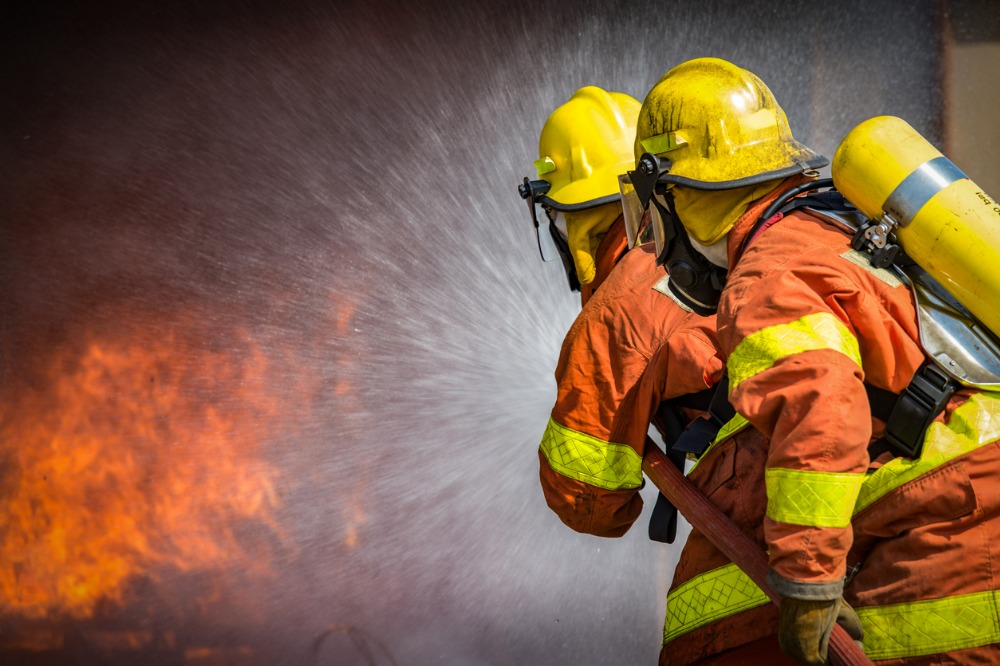Wildfire crisis continues amid drought and high temperatures

Wildfire crisis continues amid drought and high temperatures | Insurance Business Canada
Catastrophe & Flood
Wildfire crisis continues amid drought and high temperatures
‘The worst is yet to come’
Catastrophe & Flood
By
Mika Pangilinan
Drought conditions and soaring temperatures are propelling Canada into an unprecedented wildfire crisis, with officials warning that the worst is yet to come.
A technical briefing held Thursday warned that current weather conditions are poised to cause abnormally intense wildfires throughout July and into August.
Michael Norton, director general of the Northern Forestry Centre at Natural Resources Canada, emphasized the severe impact of drought on “all provinces and territories,” with certain regions experiencing escalating conditions.
“When coupled with forecasts for ongoing above-normal temperatures across most of the country, it is anticipated that many parts of Canada will continue to see above-normal fire activity,” said Norton.
Since the beginning of the season, Canada has witnessed 3,412 forest fires, surpassing the 10-year average of 2,751. Currently, there are 649 active fires across the country, with 353 of them burning uncontrollably.
In addition to the scale of destruction, the number of evacuations has soared to unprecedented levels as over 155,000 individuals have been forced to flee their homes due to fire and smoke, surpassing records from the past four decades.
“The 2023 fire season is and will continue to be record-breaking in a number of ways,” said Norton. “And we are only approximately halfway through the fire season.”
‘Very significant’ wildfire costs
While the full cost of this year’s wildfires has yet to be determined, Norton said it will undoubtedly be “very significant.”
The expenses associated with fire suppression have been steadily rising through the years, with the annual cost nearing $1 billion.
“With the scale of this year’s activity and the fact that there are about three months left, there’s no question in my mind that the direct cost of suppression will be a new record,” said Norton.
“As the frequency and severity of weather events such as wildfires continue to increase in Atlantic Canada, so too do the financial costs borne by insurers and taxpayers,” said Amanda Dean, IBC’s Atlantic vice president.
What are your thoughts on this story? Feel free to comment below.
Related Stories
Keep up with the latest news and events
Join our mailing list, it’s free!






